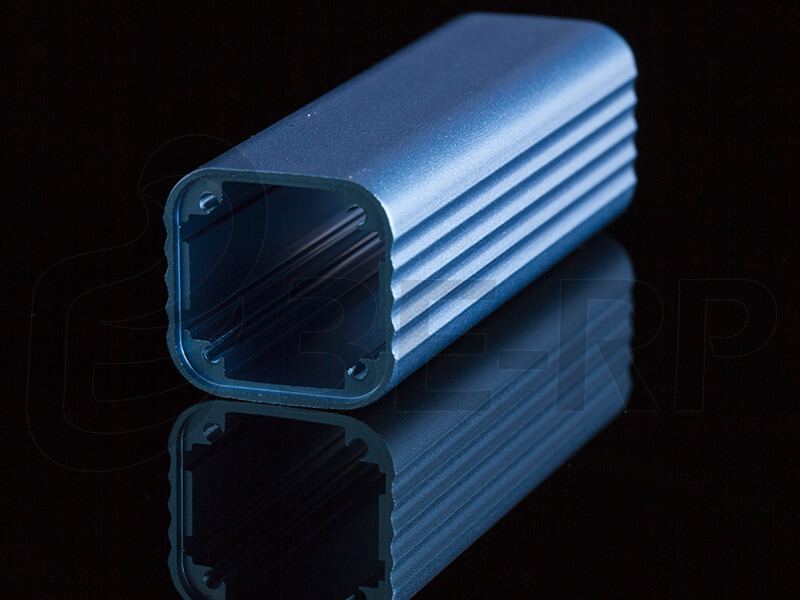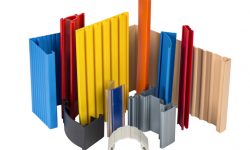Aluminum is an essential element that is behind only silicon and oxygen in terms of its abundance in the earth’s crust. While materials like steel and copper have a longer use history, today aluminum is found in numerous applications across a wide swath of diverse industries.
The History of Aluminum
Aluminum ores had previously been identified but extracting it was a tricky and complex process until the late 1800s. At that time, the Hall- Heroult process of smelting aluminum — or extracting it from alumina, its oxide — was developed. In fact, at that point in time, aluminum was considered to be of greater importance than gold. With the refinement of its extraction processes, the metal became even more desirable and in demand.
The History of Aluminum Extrusion
Joseph Bramah, an English locksmith and inventor, is credited with being the first to patent a process for extrusion. In 1797, he did so to make lead pipe. This approach — albeit primitive by today’s standards — set the stage for later innovations. He forced the metal into a die by using a plunger that he held in his hand. By 1820, a hydraulic press created by Thomas Burr made the process easier. In 1894, Alexander Dick invented the first hot extrusion press. It was with this invention that the extrusion process could be extended to work on nearly all non-ferrous alloys.
How Aluminum Extrusion Changed the World
With improvements in extrusion processes came a significant increase in the amount of cut and finish manufacturing projects that could be completed. This dramatic risk was particularly notable within the automotive industry. However, the auto industry is not the only one that has adopted aluminum extrusion and enjoyed its benefits. While wires and pipes were the bulk of the earliest extrusions, today that can be found in diverse environments spanning the high-tech aerospace industry to sporting goods and more.
The industrial sector — particularly the automotive business — was the recipient of much of this newfound supply of aluminum but it was not its sole focus. During the first and second world wars, aluminum extrusion and its ability to reduce lead times made it possible for aircraft to be manufactured quickly and accurately. It was this reliance on aluminum extrusion that served as a propellant of the method beyond its use in the automotive, military and aerospace industries. While still heavily in use in these industries today, the process is also used extensively in everything from consumer goods to housing and more.
The Future of Aluminum Extrusion
Aluminum extrusion continues to break new ground with improvements in materials and processes as they are tested, expanded and implemented. Precision and accuracy are possible with these technological advances. Having the ability to use aluminum — with its lightweight and diverse properties — improves the performance of the part.
3ERP works extensively with aluminum, along with a variety of other metals and materials. We encourage you to contact us with any questions about our services or to learn how we can partner with you on your next project.




